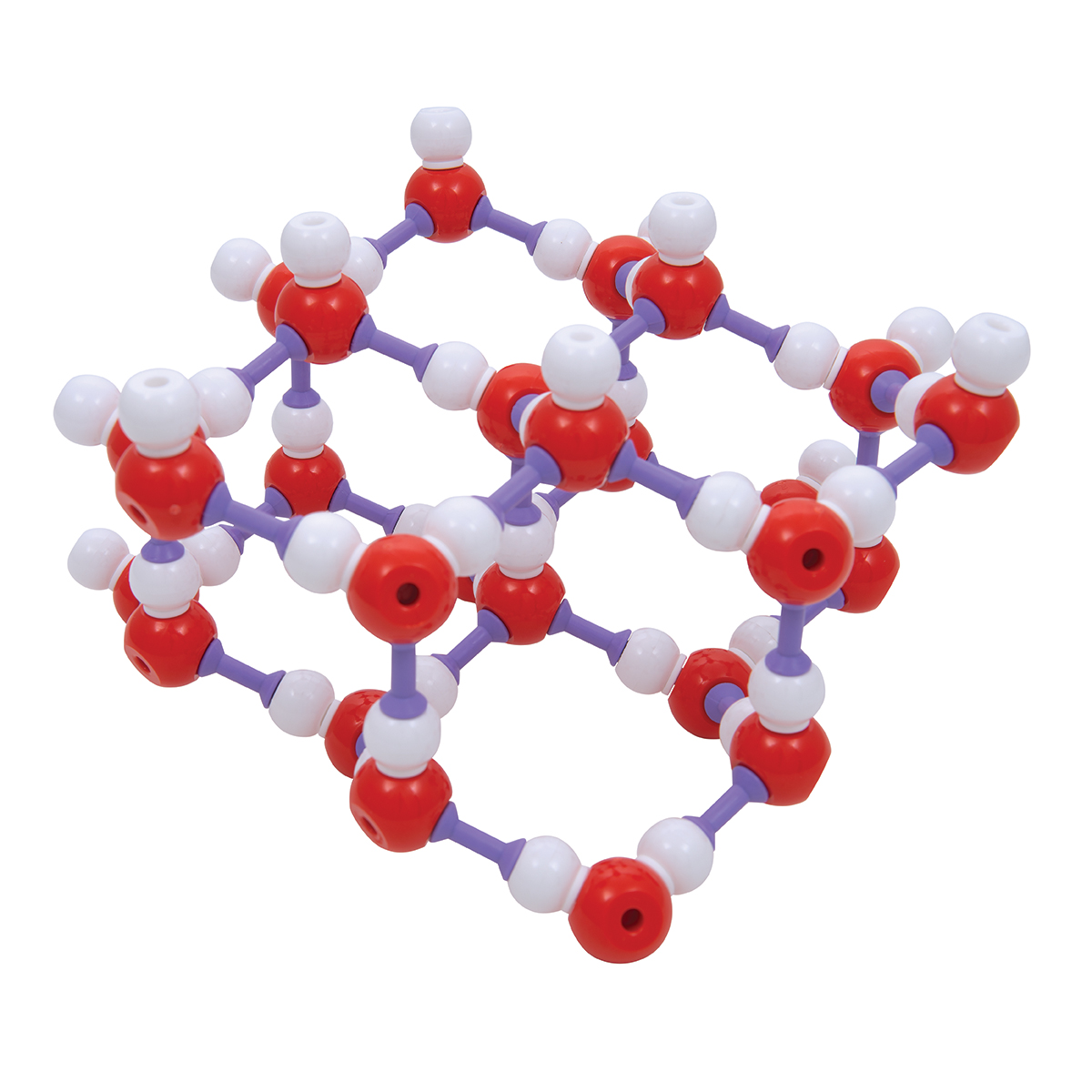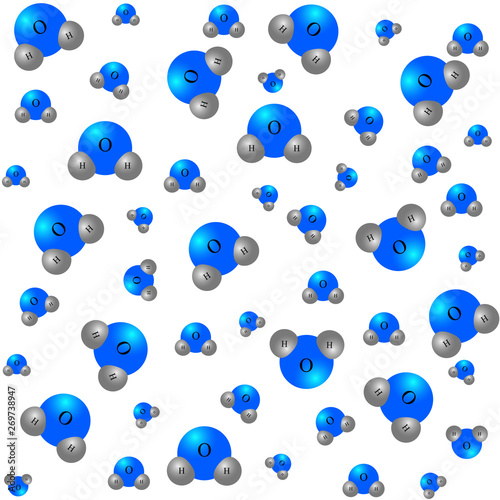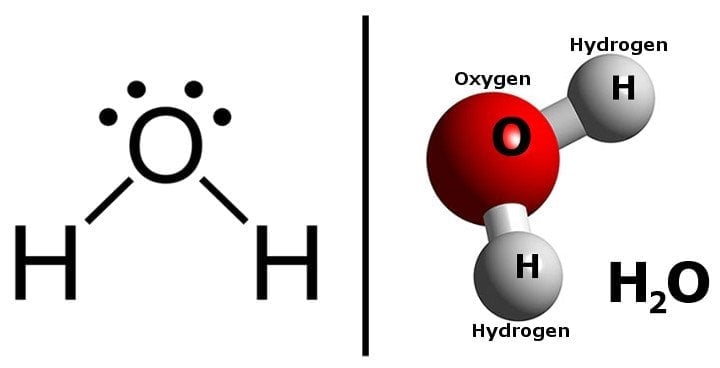Water (chemical formula: H2O) is a transparent fluid which forms the world's streams, lakes, oceans and rain, and is the major constituent of the fluids of organisms. As a chemical compound, a water molecule contains one oxygen and two hydrogen atoms that are connected by covalent bonds. Water is a liquid at standard ambient temperature and pressure, but it often co-exists on Earth with its solid state. For the element of OXYGEN, you already know that the atomic number tells you the number of electrons. That means there are 8 electrons in an oxygen atom. Looking at the picture, you can see there are two electrons in shell one and six in shell two. ► More about the history and places to find oxygen.
Water is, in fact, a chemical. Its chemical formula is H2O (or, less
also one of the most well-known chemical formulas. When properly
written as 'H2O' on this website.
What does H2O mean? Each water molecule is made of two hydrogen
completely transfer electrons). On the right is an image of water's
the Earth's surface is water. Water is also the only substance on Earth
water's solid from is less dense than its liquid form - this is why ice
of heat before its temperature increases; thus it is used in things such
striders (of the Gerridae family) can walk on water - because they weigh
molecule, molecules stick and clump together to form this high
could attach to the oxygen atom of another water molecule, and so
more information about the chemistry of water, and many other things.
H2o Atom Mass

Convert grams H2O to moles or moles H2O to grams
Molecular weight calculation:
1.00794*2 + 15.9994

| Symbol | # of Atoms | Hydrogen | H | 1.00794 | 2 | 11.190% | |
| Oxygen | O | 15.9994 | 1 | 88.810% |
In chemistry, the formula weight is a quantity computed by multiplying the atomic weight (in atomic mass units) of each element in a chemical formula by the number of atoms of that element present in the formula, then adding all of these products together.
The atomic weights used on this site come from NIST, the National Institute of Standards and Technology. We use the most common isotopes. This is how to calculate molar mass (average molecular weight), which is based on isotropically weighted averages. This is not the same as molecular mass, which is the mass of a single molecule of well-defined isotopes. For bulk stoichiometric calculations, we are usually determining molar mass, which may also be called standard atomic weight or average atomic mass.
H2o Shape
Using the chemical formula of the compound and the periodic table of elements, we can add up the atomic weights and calculate molecular weight of the substance.


Formula weights are especially useful in determining the relative weights of reagents and products in a chemical reaction. These relative weights computed from the chemical equation are sometimes called equation weights.
If the formula used in calculating molar mass is the molecular formula, the formula weight computed is the molecular weight. The percentage by weight of any atom or group of atoms in a compound can be computed by dividing the total weight of the atom (or group of atoms) in the formula by the formula weight and multiplying by 100.
H2o Atom Shape
A common request on this site is to convert grams to moles. To complete this calculation, you have to know what substance you are trying to convert. The reason is that the molar mass of the substance affects the conversion. This site explains how to find molar mass.
H2o Atom Or Molecule
Finding molar mass starts with units of grams per mole (g/mol). When calculating molecular weight of a chemical compound, it tells us how many grams are in one mole of that substance. The formula weight is simply the weight in atomic mass units of all the atoms in a given formula.
